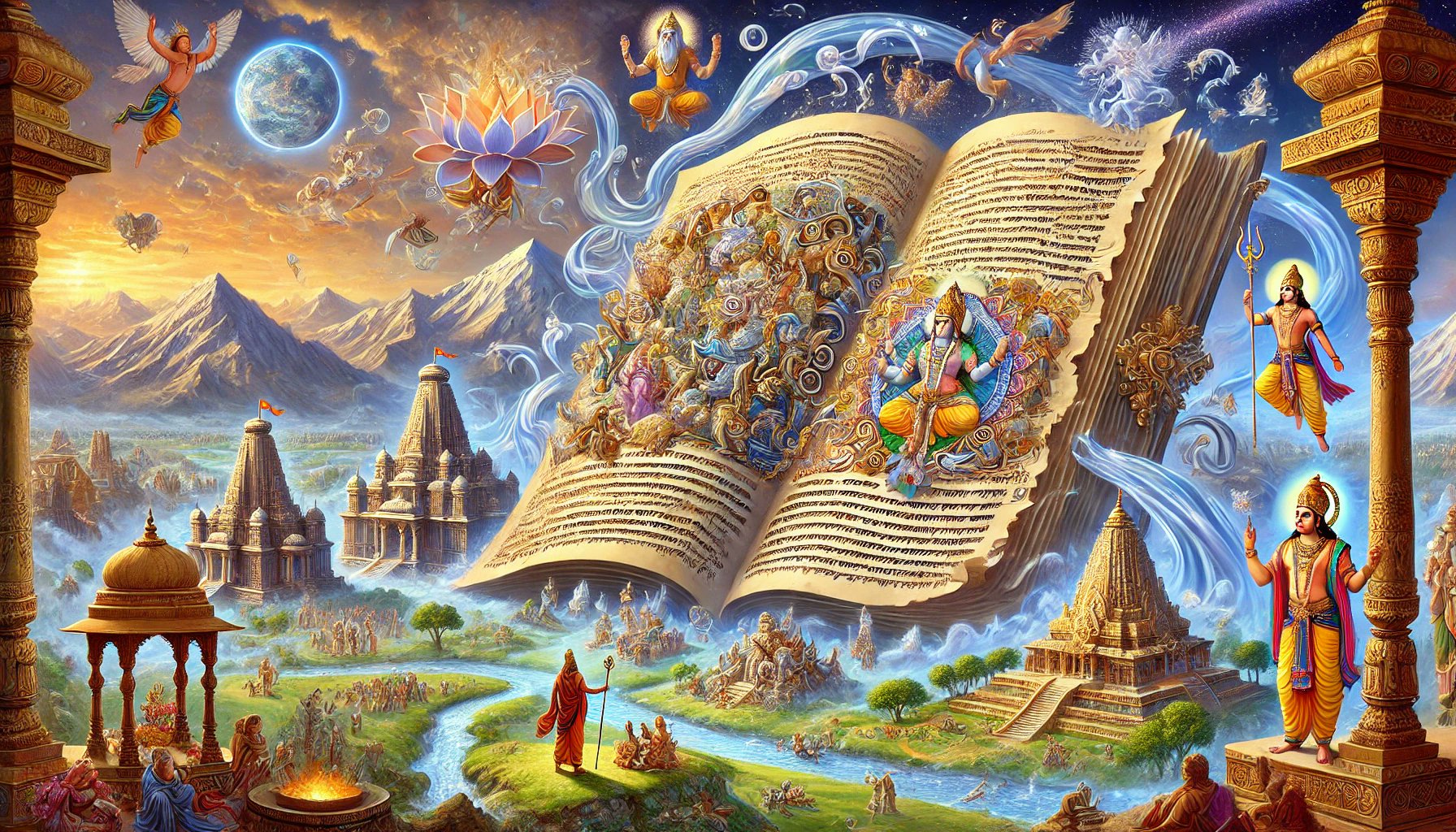So what if we haven’t built our own AI or a game like Wukong? Bharatiyas have always upheld Adhyatma as their core, with countless scholars devoted to its pursuit. And yet, both academic and traditional scholars remain largely confined within schools & sub-schools of Vedanta, limiting broader exploration.
Since the advent of the medieval Vedanta tradition, the ancient branch of knowledge i.e, Samkhya, was nearly lost. The main reason is quite apparent, one would think. The Vedantins of medieval India directly attacked Samkhya, accusing it of not being a non-dual philosophy.
However, this ancient branch of Vidya, promulgated by Kapila Muni is safely guarded in the giant literary monument that is the Mahabharata.
If there ever was a jewel within a jewel, then it has to be the Gita embedded within the Mahabharata. Acknowledging the celebrated work of Gita, all the major Vedantins have commented on it. And each cancelling out (refuting) the others.
A Paribhasha or a meta-language is often praised as a virtue. However, they introduce jargon and meanings that are convoluted, making it hard to even comprehend at a first glance.
The Bhashyas (commentaries) thus carry away the straightforward meaning of a shloka, like the steeds with its charioteer slain, carrying away the chariot-borne warrior.
Samkhya’s Forgotten Key
Whenever concepts of Samkhya—or terminologies that differ from the Vedantic meta-language—appear, they are often explained away or reinterpreted to fit sectarian frameworks.
Yet the beauty of the Mahabharata lies in its coherence and consistency.
The concepts within the Bhagavad Gita—such as the three gunas, kshetra and kshetrajna—recur throughout the Mahabharata and even within the broader Vedic corpus.
The three gunas—sattva, rajas, and tamas—form the foundation of nearly everything we seek to understand. They are central to Ayurveda, for instance.
But did you know that the concept of gunas also plays a role in our understanding of language itself?
Among the many mysteries of the Sanskrit language, the concept of gunas is fundamental to understanding the manifest universe.
As a matter of fact, it helps us in understanding the concept of gender itself. Normally we understand gender by the signs and physiological symbols alone. However the genders determine the interplay of gunas that inheres in a substance.
When the totality of the 3 gunas increases, the entity is considered masculine.
When the totality of the 3 gunas decreases, the entity is considered feminine.
When there is neither an increase nor a decrease, it is neuter.
Vararuchi and many other grammarians have explained it to be so.
This is why mountains are masculine, while rivers are feminine in Sanskrit!
Many languages assign gender to inanimate objects, but it is only in the ancient Bharatiya wisdom—especially preserved by the Mahabharata—that we find the reasoning behind it.
The Mahabharata is not just an epic; it is a vast ocean of Bharatiya wisdom, where the lost yet ever-present current of Samkhya flows beneath its surface.
Beyond the entrapment of sectarian reinterpretations, the text preserves profound metaphysical insights that remain relevant even today.
If we wish to reclaim a truly indigenous framework for understanding reality—one that does not merely conform to post-medieval Vedantic constructs—we must turn back to the Mahabharata with fresh eyes.
In rediscovering Samkhya within its verses, we do not merely revive an ancient philosophy; we restore a key to understanding the very foundations of Bharatiya thought itself.




